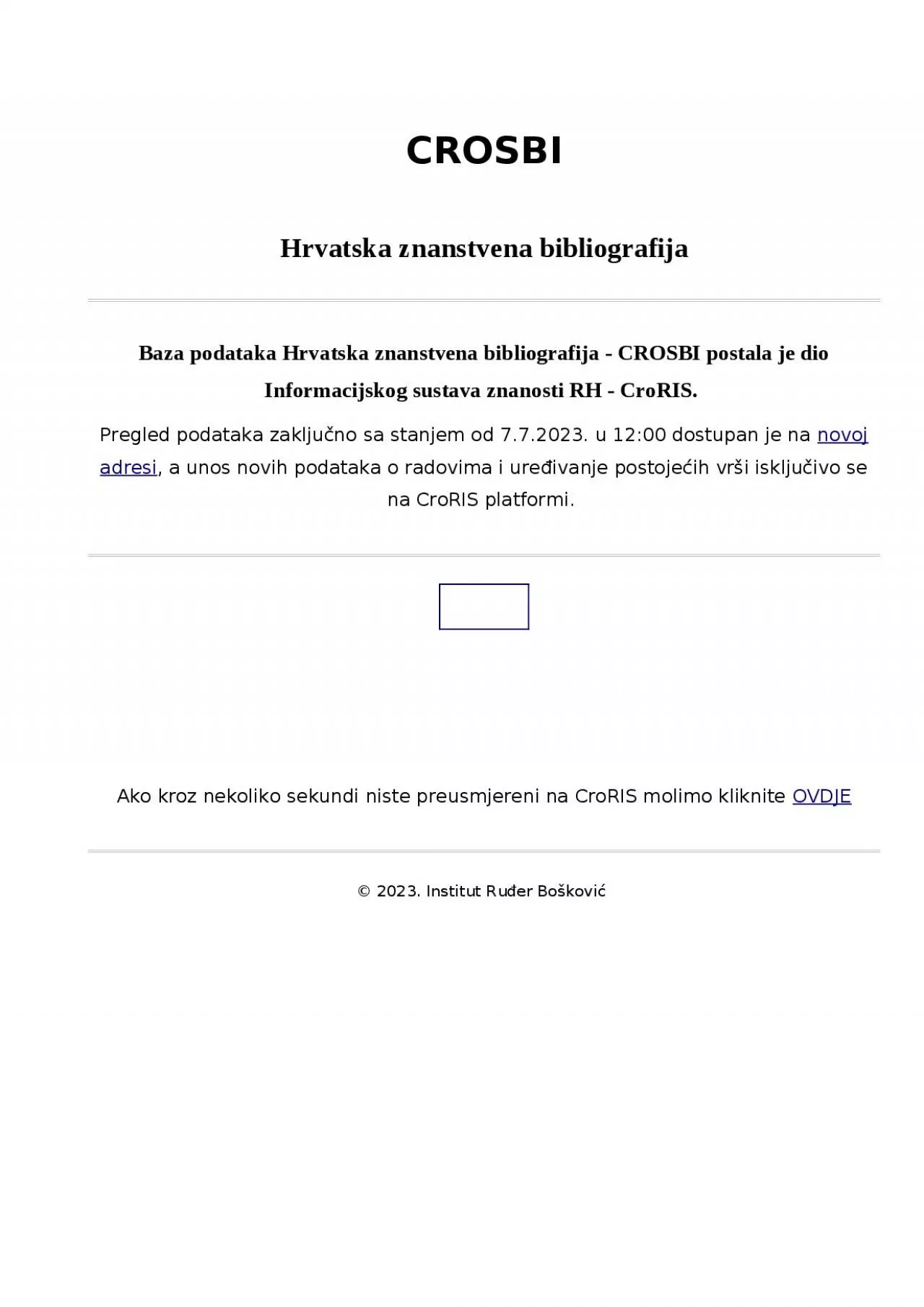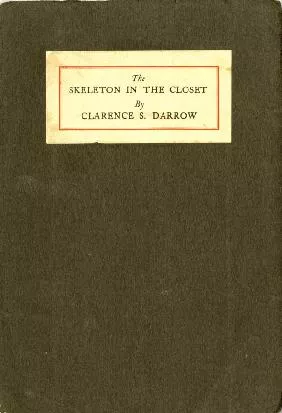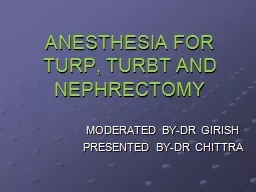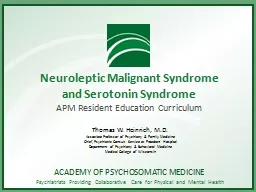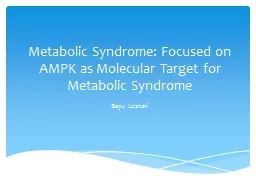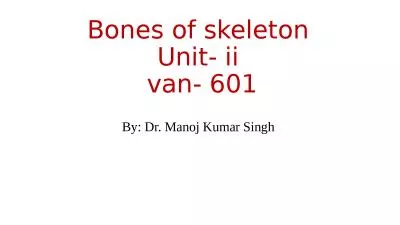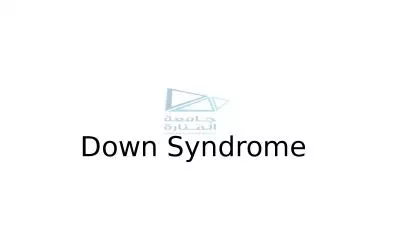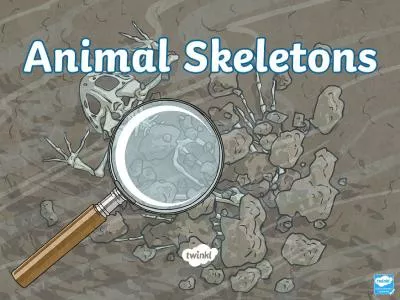PPT-TURP syndrome : a skeleton
Author : Mysticlover | Published Date : 2022-08-03
in the closet is still lurking A ssoc P rof Tatjana Šimurina MD P h D tsimurinaunizdhr tatjanasimurinamefoshr 9 th CEAAC INTENSIVE MEDICINE DAYS
Presentation Embed Code
Download Presentation
Download Presentation The PPT/PDF document "TURP syndrome : a skeleton" is the property of its rightful owner. Permission is granted to download and print the materials on this website for personal, non-commercial use only, and to display it on your personal computer provided you do not modify the materials and that you retain all copyright notices contained in the materials. By downloading content from our website, you accept the terms of this agreement.
TURP syndrome : a skeleton: Transcript
Download Rules Of Document
"TURP syndrome : a skeleton"The content belongs to its owner. You may download and print it for personal use, without modification, and keep all copyright notices. By downloading, you agree to these terms.
Related Documents

